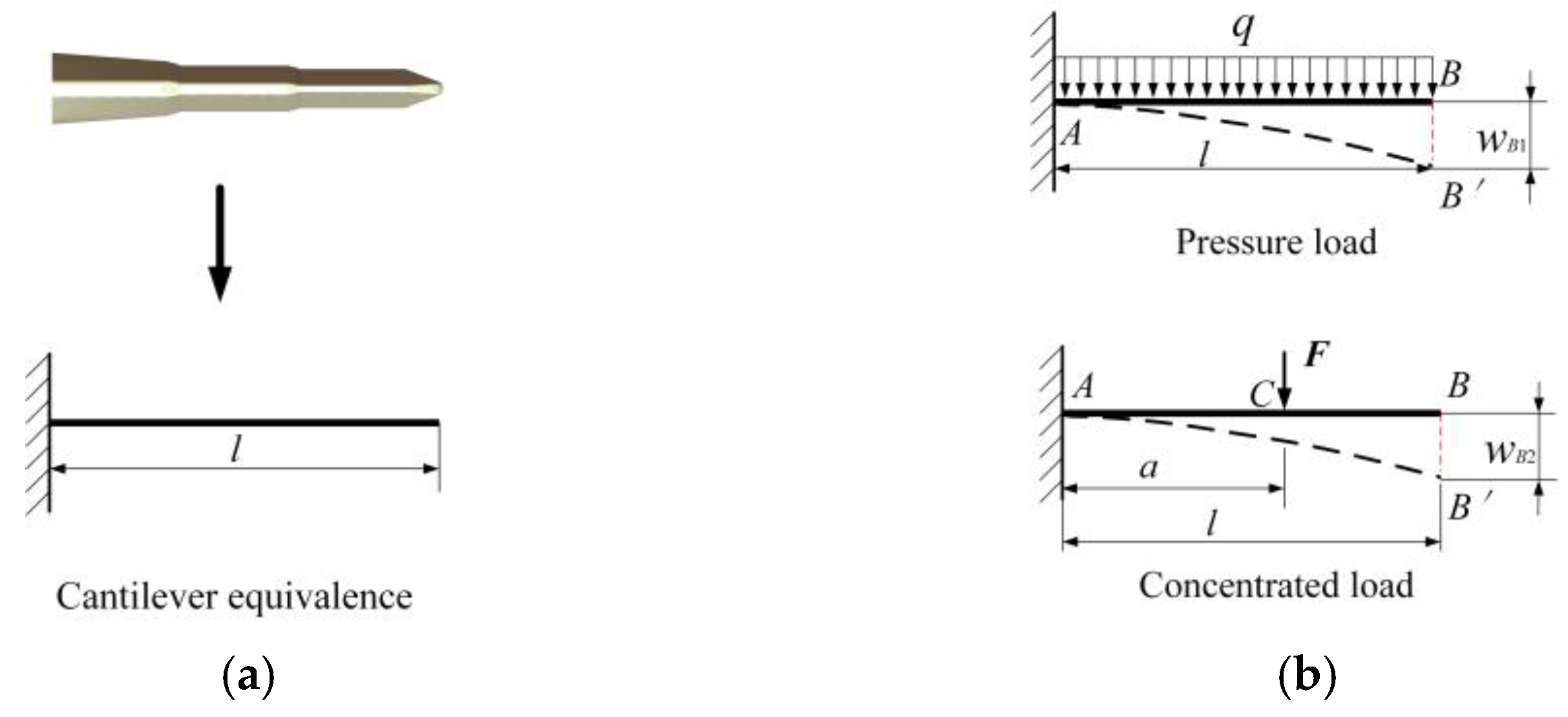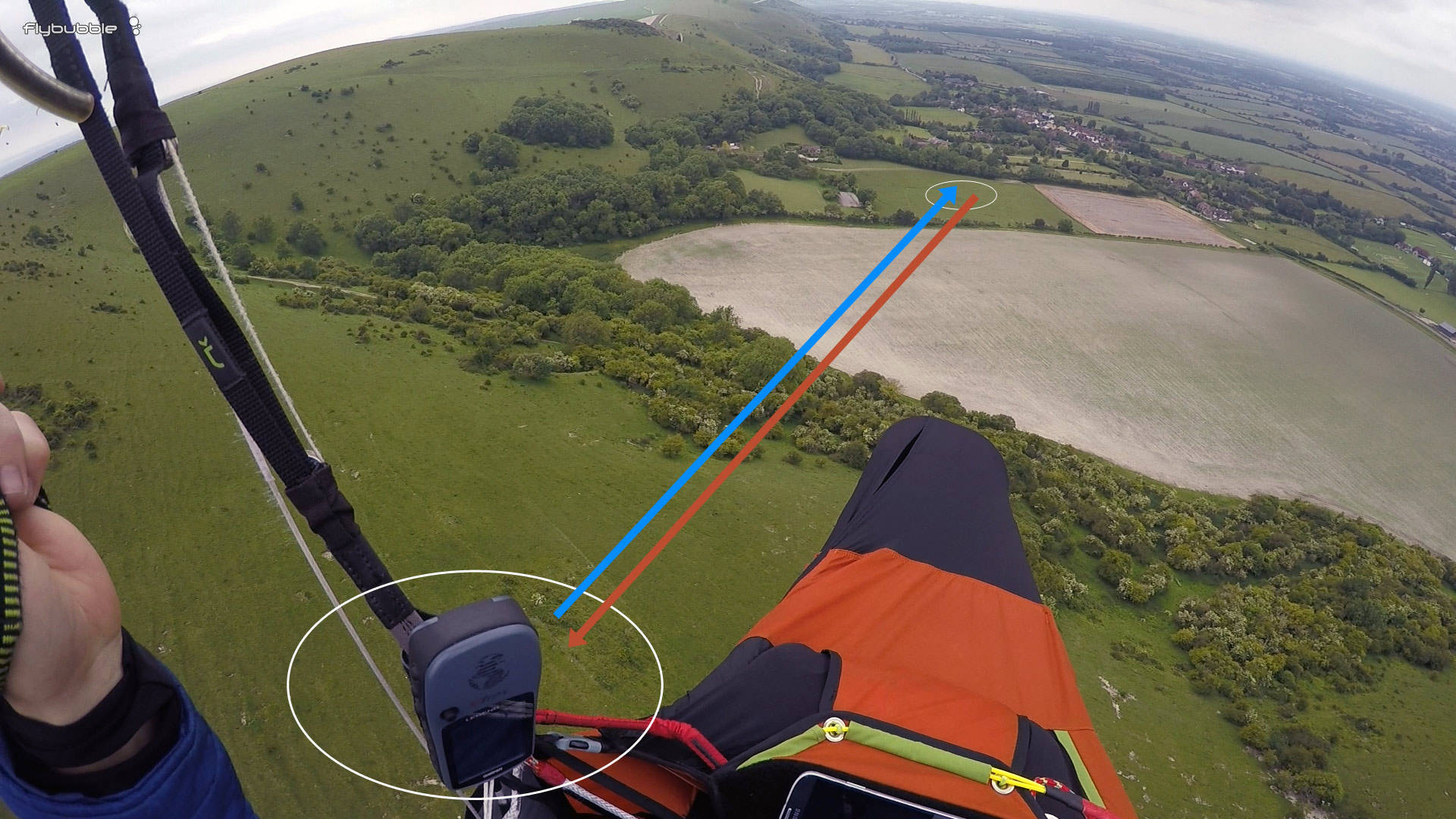Ballast Strategies: When and How Much to Carry

Ballast management is one of the most powerful tools in a glider pilot's performance optimization toolkit. By strategically adding or removing water ballast, pilots can dynamically adjust their wing loading to match changing conditions throughout a flight.
When to Use Ballast
The decision to carry ballast depends on several factors:
Weather Conditions: Strong lift (2-3 m/s or more) and strong winds justify carrying ballast. In weak conditions, ballast will degrade climb performance.
Task Type: Racing tasks with long legs benefit from ballast, while tasks requiring frequent turning in weak thermals do not.
Glider Type: High-performance gliders benefit more from ballast than trainers or club class gliders.
Ballast Calculation Methods
There are two primary approaches to determining ballast quantity:
Percentage of Gross Weight: Many pilots use 30-50% of the glider's maximum allowable weight as a starting point.
Target Wing Loading: More precise method where you calculate the exact amount needed to reach a specific wing loading.
The formula for water ballast calculation is:
Ballast (kg) = (Target Wing Loading × Wing Area) - Empty Weight - Pilot/Equipment Weight
Practical Ballast Strategies
Progressive Loading: Start with partial ballast when conditions are uncertain, adding more as the day develops.
Strategic Dumping: Carry full ballast but be prepared to dump some if conditions weaken unexpectedly.
Thermal Ballast: Some pilots carry extra ballast when climbing in strong thermals to increase subsequent glide performance.
Advanced Techniques
Competition pilots often employ sophisticated ballast strategies:
- Differential wing loading (more in one wing than the other) for roll control in strong conditions
- Dynamic ballast adjustment during flight based on real-time weather data
- Using ballast to optimize final glide calculations
Mastering ballast strategies requires experience and careful consideration of multiple variables. The best pilots develop an intuitive sense for when and how much ballast to carry, making adjustments throughout the flight as conditions change.



